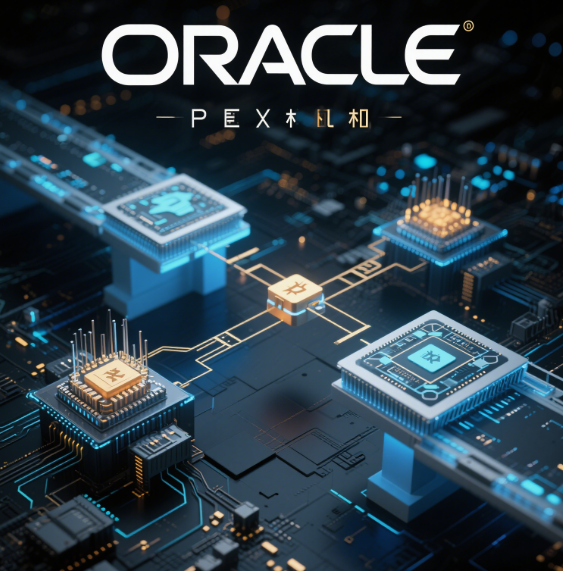In today’s rapidly evolving cryptocurrency landscape, oracles serve as crucial links between blockchain technology and real-world data. However, many existing oracle solutions face issues such as centralization risks and slow data updates, affecting the credibility and efficiency of decentralized finance (DeFi) projects.
Enter RedStone, a platform poised to reshape the DeFi oracle landscape through its native token RED. But how is RedStone achieving this goal? What innovative ideas are driving its success? Let’s explore these questions together.
What is RedStone?
RedStone is a decentralized oracle network designed to address the challenges faced by traditional oracle systems. By integrating multiple data sources, RedStone provides fast, accurate, and reliable real-world data to blockchain platforms. This means that whether it is financial data, weather information, or any other data-dependent application, RedStone can efficiently supply the necessary data.

The Role of RED Token
RED is the core asset within the RedStone ecosystem, functioning not only as the network's fuel but also as the foundational element of its incentive mechanisms. Here are the main functions of RED within the RedStone network:
Data Incentives: Data providers earn RED tokens as rewards for submitting accurate data. This incentive mechanism encourages a diverse range of data sources to participate in the network, enhancing the richness and accuracy of the information.
Staking Mechanism: Users can stake RED tokens to participate in network governance. In RedStone, staking not only offers potential earnings for users but also makes them accountable for data quality and security. This approach effectively reduces the motivation for data providers to submit false information.
Transaction Fees: RED serves as the fee token for network transactions, requiring users to pay fees in RED when requesting data. This design ensures the economic sustainability of the network.

Advantages of RedStone
RedStone distinguishes itself from other oracle solutions in several key ways:
Decentralization and Security: By employing a decentralized approach, RedStone minimizes reliance on single data providers, enhancing the accuracy and security of the data.
Fast Data Transmission: Utilizing an efficient data transmission protocol, RedStone can deliver data to the required blockchain in a very short time. This is particularly critical for DeFi projects, where many operations depend on real-time data for decision-making.
Diverse Data Sources: Unlike traditional oracles that rely on a few data sources, RedStone integrates multiple data inputs, offering a more comprehensive reflection of market conditions and avoiding the “information silo” problem.
RedStone’s Applications in DeFi
In the DeFi ecosystem, accurate data is crucial for profitability. The applications of RedStone oracles are wide-ranging, with several specific use cases outlined below:
Lending Protocols: In decentralized lending protocols, real-time asset prices are essential. RedStone can provide swift and accurate pricing data, enabling protocols to adjust collateral values promptly to protect user assets.
Decentralized Exchanges (DEX): For DEX, the security of liquidity pools directly depends on the accuracy of the data. RedStone can ensure that market prices reflect the most truthful state, reducing the risk of price manipulation.
Yield Aggregators: In the yield aggregation sector, users need quick access to yield rates from various DeFi projects. RedStone’s high-speed data transmission capability can help users make better investment decisions rapidly.

Future Outlook for RedStone
As the DeFi industry continues to grow, the demand for reliable oracles will become increasingly significant. With its unique mechanisms and innovative concepts, RedStone is bringing fresh possibilities to the entire sector. Looking ahead, RedStone plans to expand its collaborations with other blockchain projects to enhance the interoperability of its network and continue improving the speed and accuracy of data transmission.
Conclusion
In summary, RedStone, through its native token RED, is bringing transformative changes to DeFi oracles. With its decentralized architecture, innovative data incentive mechanisms, and efficient capability for providing real-world data, RedStone stands out among a multitude of existing oracles. As blockchain technology continues to advance, the future of RedStone holds immense potential, presenting more opportunities and challenges for investors in the DeFi space.
















No comments yet